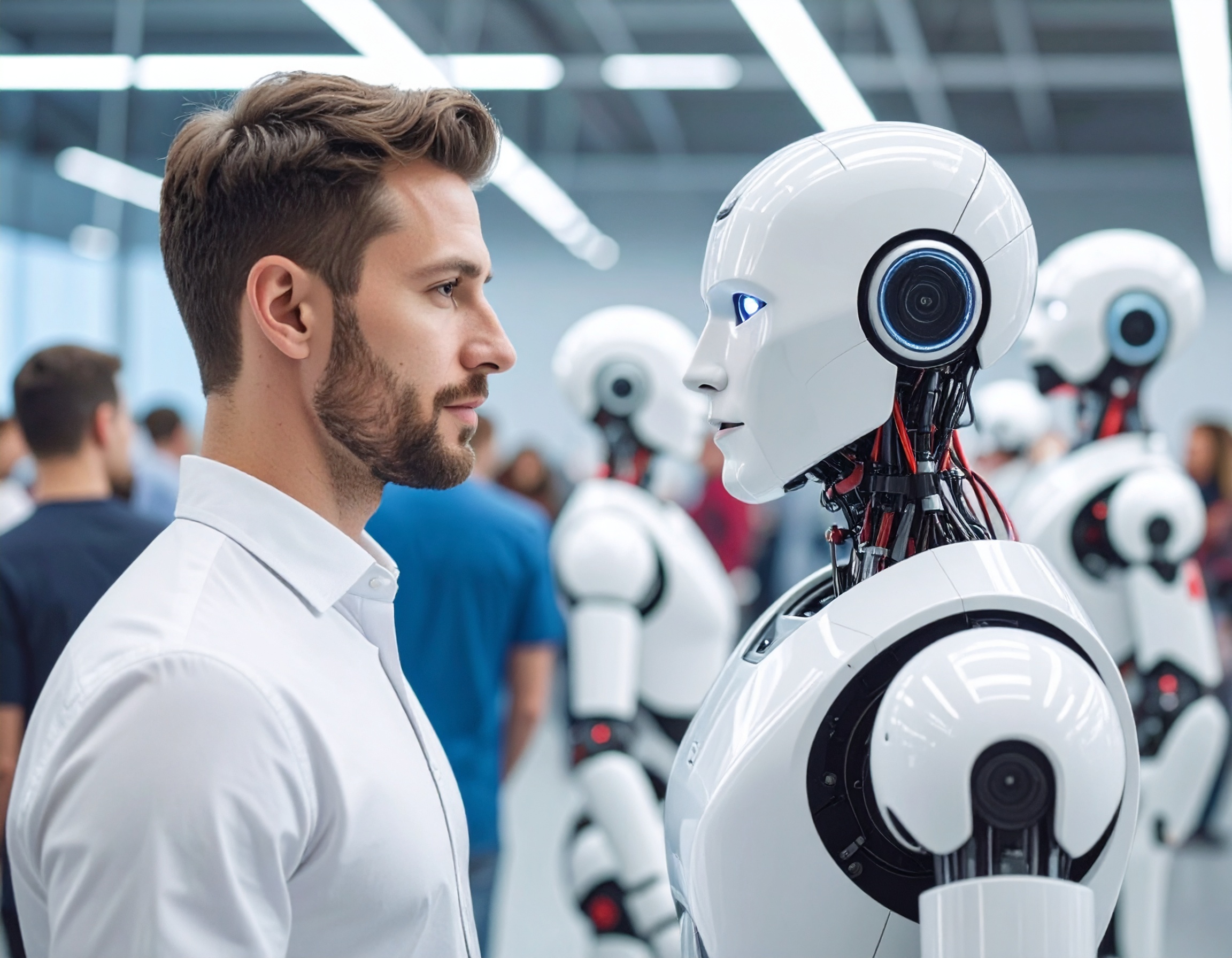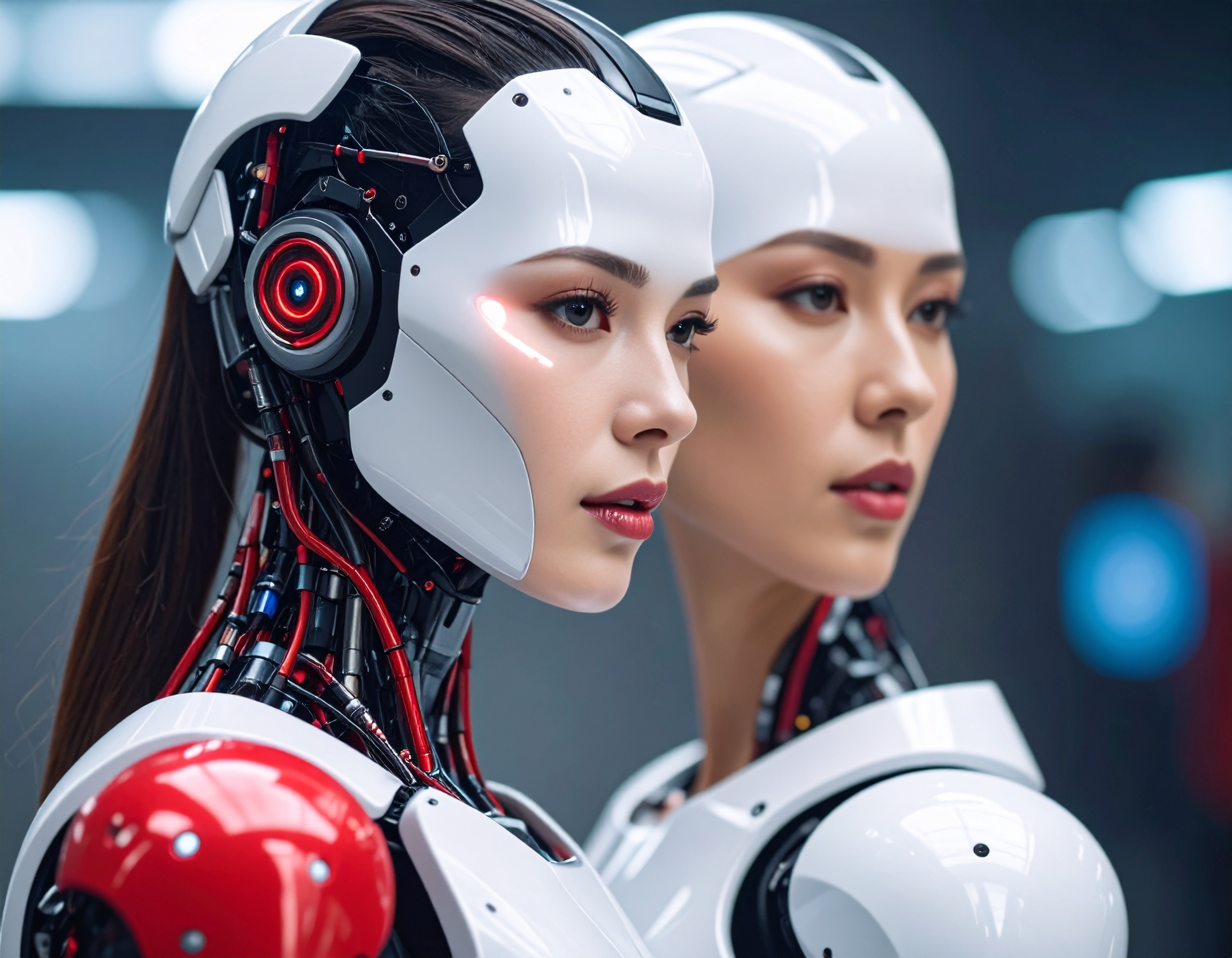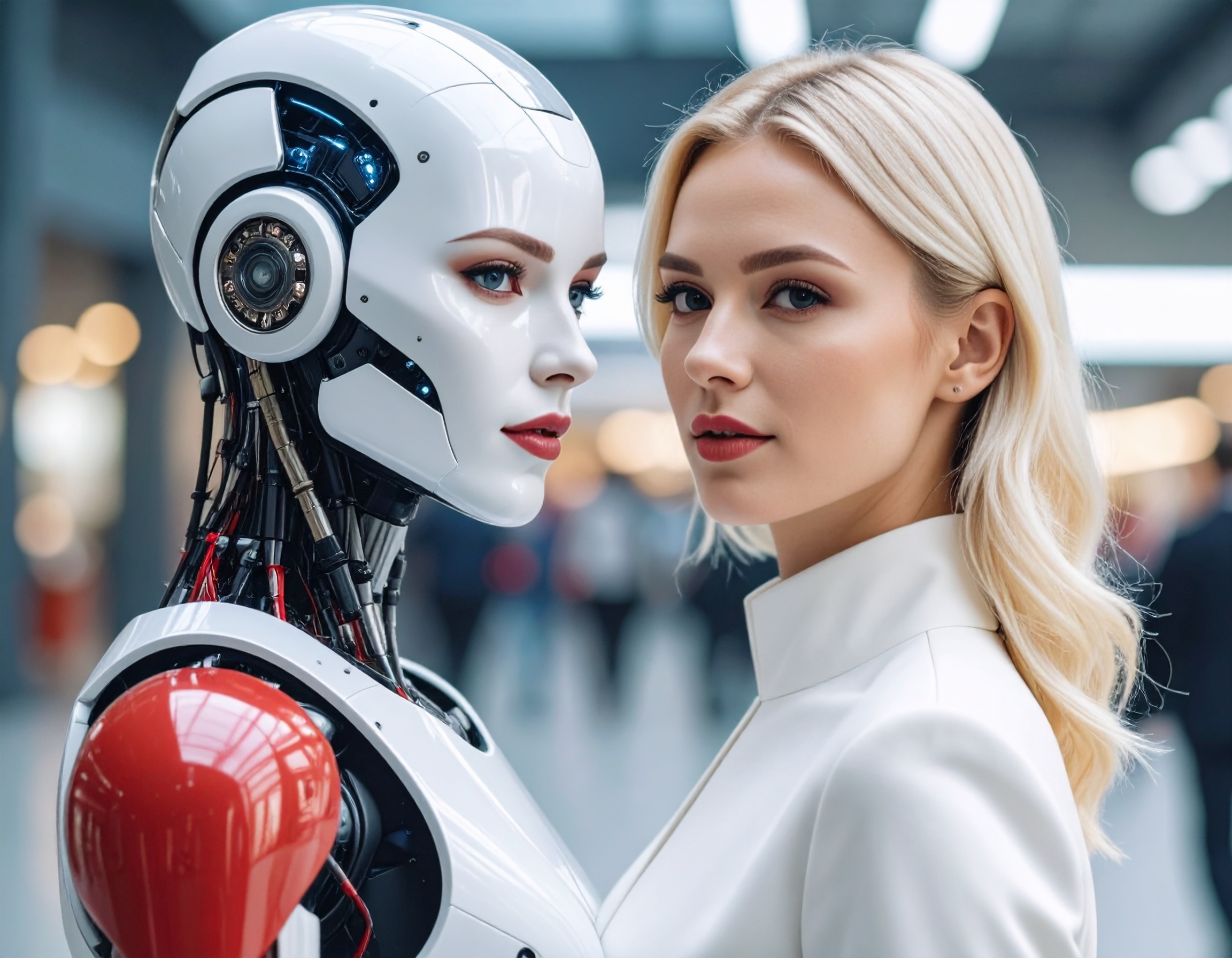From Chat to Factory Floor: OpenAI Expands into Robotics
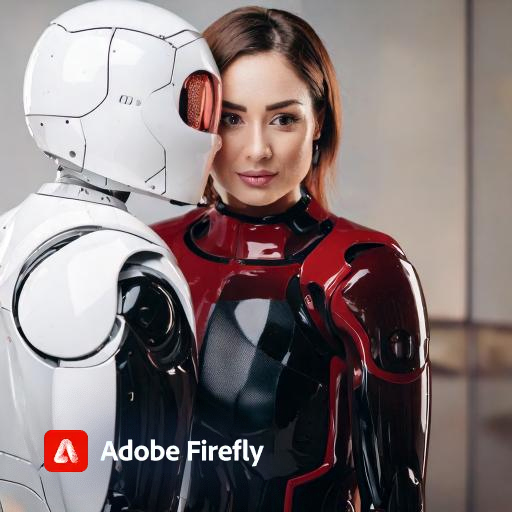
On January 19, 2025, OpenAI, a pioneer in artificial intelligence, announced its bold entry into the field of robotics. Widely recognized for its intelligent agents like ChatGPT, OpenAI is now applying its expertise to create physical systems designed to revolutionize industries. This move signifies an important step in the evolution of non-human workers and digital employees, promising to transform the way businesses operate.
Robots Designed for Industrial Collaboration
OpenAI's new robotic systems are specifically designed to assist in industries like manufacturing and logistics. These robots stand out due to their ability to perform complex tasks that require adaptability. Unlike traditional machines, which rely on predefined programming, these intelligent agents can learn on the job. Whether sorting goods in a warehouse or assembling intricate components in a factory, OpenAI's robots promise to enhance efficiency and reduce reliance on manual labor.

Why This Matters
The announcement comes at a time when industries worldwide are grappling with labor shortages and increasing pressure to automate. OpenAI’s robotics initiative offers a solution that combines the adaptability of AI with the reliability of automation.
CEO Sam Altman emphasized that these systems are not designed to replace workers but to complement them, making workplaces more productive and sustainable.

The Future of Digital Employees
OpenAI’s leap into robotics represents more than just technological innovation—it signals a shift in the workforce. Intelligent agents are no longer confined to virtual interactions but are now stepping into the physical world. As these digital employees take on roles traditionally performed by humans, businesses can expect greater flexibility and resilience in their operations.
This venture is a testament to the growing role of AI in shaping the future. By integrating robotics and advanced AI, OpenAI is pioneering a new era of collaboration between humans and machines.
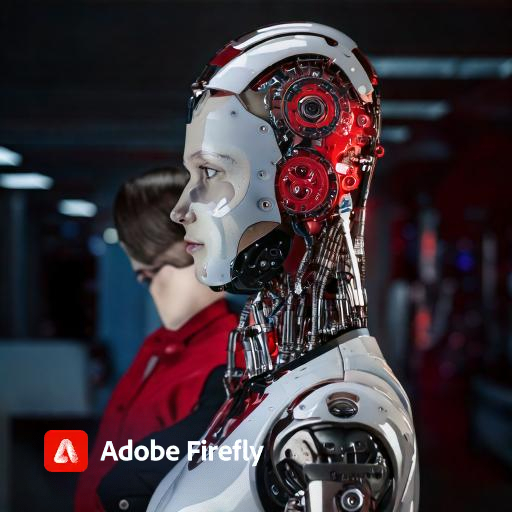
Key Highlights:
- Purpose: OpenAI is expanding from virtual AI tools to robotics, aiming to enhance industries like manufacturing and logistics.
- Technological Edge: The robots use advanced machine learning to learn tasks on the job, enabling adaptability in dynamic environments.
- Use Cases: Tasks such as sorting goods, assembling components, and working alongside humans in warehouses and factories.
- Labor Shortage Solution: The initiative addresses global workforce challenges by providing non-human workers to fill critical gaps.
- Benefits:
- Faster training and deployment with minimal human intervention.
- Flexibility to handle various tasks.
- Increased productivity while supporting human teams.
- CEO Statement: Sam Altman emphasized the goal of complementing human workers rather than replacing them.
- Future Impact: Signals a shift where intelligent agents and digital employees move beyond virtual roles into physical, real-world applications.
Reference:
